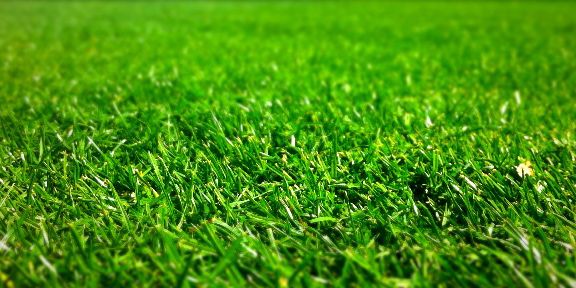
Lawn care: 10 useful tips for growing a beautiful turf
Lawn care is often underestimated and turf is one of the most important components of garden life: here are 10 tips to remember!
LAWN CARE: SOWING, WATERING, FERTILIZING, CUTTING
ONE. If you are building a lawn, the choice of seeds is very important and must be evaluated according to the climate (mild, cold, very rainy or dry), the exposure (shade or full sun), the use of the lawn (ornamental or walkable) and our willingness to care for it (constant or not). The companies in the sector offer various types of mixtures, composed of seeds suitable for all lawns (robust, resistant, sports, etc…) and all situations, such as turf in the shade or downhill on the slopes.
TWO. To obtain a beautiful lawn, the soil must be soft and permeable, to allow the necessary radical expansion and at the same time allow the circulation of air and water. Before sowing, check and, if necessary, correct the pH of the soil: if it is too acidic, a very rare event, you can integrate calcium nitrate into the soil, if it is too alkaline for ammonium sulfate. If it is too compact, correct it by incorporating a specific turf substrate rich in peat.
TREE. When sowing always follow the dosages indicated on the seed box: it is useless to waste seeds. We can increase the dose in case of late sowing in October, in situations of difficult rooting and near the edges.
FOUR. Sowing should be done on a clear and windless day. To avoid a lawn with spots and to obtain a homogeneous carpet, it is advisable to use a seed drill. Alternatively we can do it manually with the “spreading” technique: if you are not an expert, we recommend mixing the seeds with an equal amount of sand and make a double pass. After two months you will have a perfect lawn.
FIVE. If the lawn is not perfect and there are less uniform points, you can make a second sowing, using the same type of seed to avoid color differences.
SIX. The basic fertilization, before sowing, is used to take root the seedlings but afterwards it is important to provide an annual program of fertilization. The best solution is slow release fertilizers, which gradually release nutrients to the roots for about 3-4 months. The slow release fertilizer can thus be used in March, June and September.
SEVEN. Nitrogen (N) is the most important element and serves for the correct growth of the plants, also providing a more intense color. It is present in all lawn fertilizers, normally associated with phosphorus (P) and potassium (K), in the so-called ternary fertilizers (NPK). Ternary fertilizers are often improved with other useful trace elements, such as iron (Fe).
EIGHT. Fertilization on medium-small lawns can be carried out manually, perhaps assisted by a wheeled fertilizer spreader that guarantees the correct distribution of the product. Homogeneity is important to avoid leaving areas uncovered or obtaining “burnt” points due to an excess of fertilizer. On larger meadows it is advisable to use a rider or a small tractor, with the appropriate fertilizer spreader to hook. After fertilization, remember to water the lawn to allow the absorption of fertilizer.
NINE. We can also use organic fertilizers on the lawn, i.e. natural fertilizers. The most suitable are manure, earthworm humus, cornucopia and guano, all very rich in nitrogen. They can also be used to supplement chemical fertilization. The manure is available in the form of odorless dry manure, pellets or powder.
TEN. To get a thick and perfect turf, the so-called English lawn, you need to mow the grass frequently. Instead of using a normal lawnmower with a collection bag (or worse with a rake obligation), it is better to use a lawnmower with a mulching cut, which is perfect for lawn maintenance. When mulching, the blade and shape of the lawnmower allow the grass to be chopped rather than just mowed. The shredded grass will decompose quickly by supplementing the nutrients of the soil: the blades of grass are composed of 90% water, so you can also save on irrigation. Even better are the brand new robotic lawnmowers, which achieve the same result by continuously cutting the grass.


